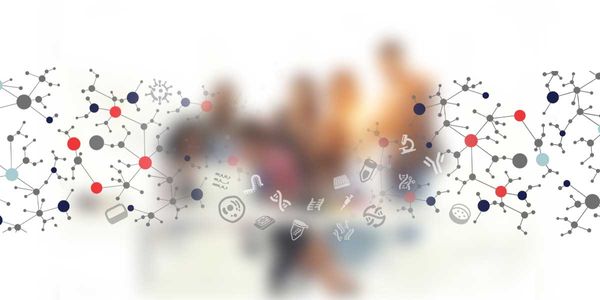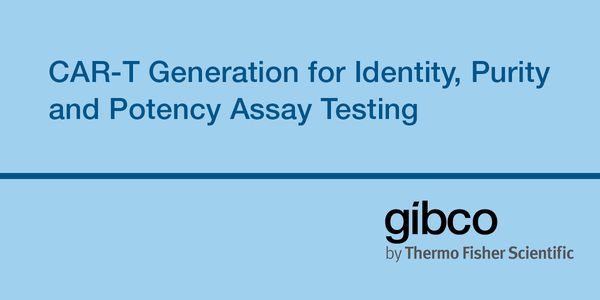In Vivo
In Vivo: are those in which the effects of various biological entities are tested on whole, living organisms or cells, usually animals, including humans, and plants, as opposed to a tissue extract or dead organism.
-
MAR 26, 2020 | 9:00 AMDATE: March 26, 2020 TIME: 9:00am PST, 12:00pm EST Growing demand for precision therapy and the recent successes with CAR-T cells for cancer treatment...MAR 24, 2020 | 11:00 AMDATE: March 24, 2020 TIME: 11:00am PT, 2:00pm ET While in vitro cell culture has long been used to study neurological diseases, researchers have come to the realization that 2-D systems do n...Working memory (the ability to hold some information in mind for a few seconds, and to manipulate that information) and decision-making (committing to one out of multiple possible choices) a...Speaker: Carlos Brody, PhD , Ben Engelhard, PhD , Stephen Keeley, PhD , Marlies Oostland, PhD , Lucas Pinto, MD, PhD , Adrian Wanner, PhD , Ilana Witten, PhDPresented at: Neuroscience Virtual Event Series 2020
Identifying the diversity of neuronal cell types of the nervous system is one of the main objectives of the BRAIN Initiative, with the vision that distinct neuronal identities will allow for...
Speaker:
Giorgio Ascoli, PhD
, Hong-Wei Dong, MD, PhD
, Byungkook Lim, PhD
Presented at: Neuroscience Virtual Event Series 2020
Learning is often an emotional process. Emotional stimuli with different valences, such as threat and reward, can transform an otherwise neutral sensory input into one that can trigger disti...
Episodic memories are essential for human cognition, but the underlying neural mechanisms remain poorly understood. We utilize the opportunity to record in-vivo from human single neurons sim...
Speaker:
Adam Mamelak, MD
, Ueli Rutishauser, PhD
, Gabriel Kreiman, PhD
, Jie Zheng, PhD
Presented at: Neuroscience Virtual Event Series 2020
Neurodegenerative disease research can be considerably accelerated by using fibrillar or oligomeric constructs of prion-like proteins in in vitro or in vivo studies. These exist in a variety...
Speaker:
Ariel Louwrier, PhD
The locomotion of humans and other animals requires a seamless flow of information from sensory modalities all the way to the motor periphery. As such, locomotion is an excellent system for...
Speaker:
Michael Dickinson, PhD
, Anthony Azevedo, PhD
, Clare Howard, PhD
, Luke Brezovec
, Sasha Rayshubskiy
, Emily Palmer
Presented at: Neuroscience Virtual Event Series 2020
Recommendations for key factors in testing and diagnosis of H. pylori infections to include information on appropriate patients for H.pylori testing, current testing options, post treatment...
Whether you are performing killing assays, characterizing the tumor microenvironment, or investigating immunogenicity, primary cells are essential for the discovery of new therapeutics. Conc...
Speaker:
Josh Mahlios, PhD
























